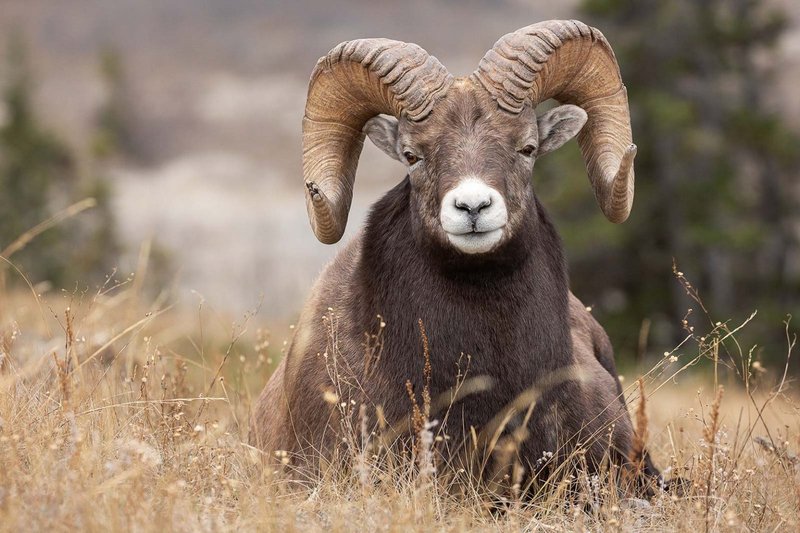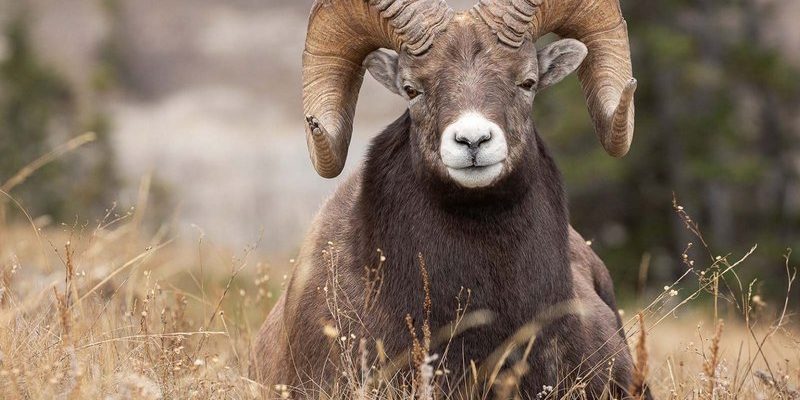
Bighorn sheep, with their impressive curled horns and agile bodies, epitomize resilience. They thrive in some of the toughest environments, from the Rocky Mountains to the Sierra Nevada. But what makes them such a vital part of the ecosystem? Let’s dig deeper to explore how these majestic creatures interact with their environment and why they matter so much.
The Importance of Herbiage
Bighorn sheep are primarily grazing animals, munching on a variety of plants like grasses, shrubs, and even some trees. You might be wondering how this impacts their surroundings. Well, their grazing helps control plant growth, which in turn influences the habitat for other species. Here’s the thing: when bighorn sheep graze, they encourage the growth of specific plants while limiting the overpopulation of others. This balance allows for a healthier, more diverse ecosystem.
Moreover, their feeding habits can shape the landscape. As they move through the terrain, they create paths that benefit other animals. These trails can help smaller creatures navigate their environment more easily, reducing their exposure to predators. In this way, bighorn sheep serve as nature’s silent architects, shaping not just their immediate surroundings but the ecosystem at large.
Impact on Soil Health
Believe it or not, what bighorn sheep eat can also influence soil health. When these animals graze, they often trample over plants and break the ground, which helps aerate the soil. This process is like giving the earth a good stretch! Aerated soil allows water and nutrients to penetrate deeper, improving its quality.
Furthermore, bighorn sheep contribute to nutrient cycling. Their droppings return essential nutrients back into the soil. This natural fertilization promotes plant growth, which supports an array of other wildlife. It’s a beautiful cycle: bighorn sheep eat, excrete, and help create a thriving environment for many living organisms.
Food Source for Predators
Every ecosystem has a delicate balance, and bighorn sheep are a significant source of food for various predators. Mountain lions, coyotes, and even eagles see them as a valuable meal. By serving as prey, they help sustain these predator populations, ensuring that these apex hunters continue to play their role in the ecosystem.
This predator-prey relationship also helps regulate bighorn sheep populations. If their numbers grow too high, natural predators will hunt them, keeping everything in check. This balance prevents overgrazing and promotes overall health in the ecosystem.
The Role of Social Structure
Bighorn sheep are highly social animals. They live in herds, which consist of ewes and lambs led by a dominant ram. Their social structure is fascinating: rams tend to be territorial and often engage in head-butting contests to assert dominance. Here’s an interesting tidbit—these contests are not just for show; they help maintain hierarchy within the herd.
This social dynamic has ecological benefits, too. By living in groups, bighorn sheep can spot predators more easily. A larger herd can alert one another and provide safety in numbers. This vigilance not only protects individual sheep but also influences the behavior of predators, keeping them in check.
Behavioral Adaptations to Weather
Living in harsh climates, bighorn sheep are remarkably adapted to extreme weather conditions. Their thick woolly coats provide insulation, and their ability to navigate steep, rocky terrains allows them to seek shelter and food more effectively than many other animals. This adaptability means they can survive in environments that might be lethal for others.
Interestingly, their behavior during storms also aids the ecosystem. When bad weather hits, they often congregate in specific areas, which can lead to concentrated grazing in those spots later on. This behavior ensures that vegetation can regrow and thrive across a wider area once the weather clears up.
Conservation and Human Impact
Sadly, bighorn sheep face numerous threats, primarily due to habitat loss, disease, and poaching. Understanding their role in the ecosystem highlights the importance of conservation efforts. If we allow their populations to dwindle, we risk throwing the entire ecosystem off balance.
Efforts to protect these animals include habitat restoration, studying their health, and enforcing laws against poaching. By collaborating with organizations focused on conservation, we can help ensure the survival of bighorn sheep and, consequently, the health of the ecosystems they inhabit.
Bighorn sheep may seem like just another animal in the wild, but their impact on the ecosystem is profound. From controlling plant growth to serving as prey and influencing soil health, they play a role that reverberates throughout their environment. Understanding this connection helps us appreciate the delicate balance of nature.
As we move forward, let’s remember the importance of protecting these magnificent creatures. Every action counts, and by safeguarding bighorn sheep, we’re also preserving the intricate tapestry of life they help maintain. It’s all interconnected, and together, we can make a difference.

